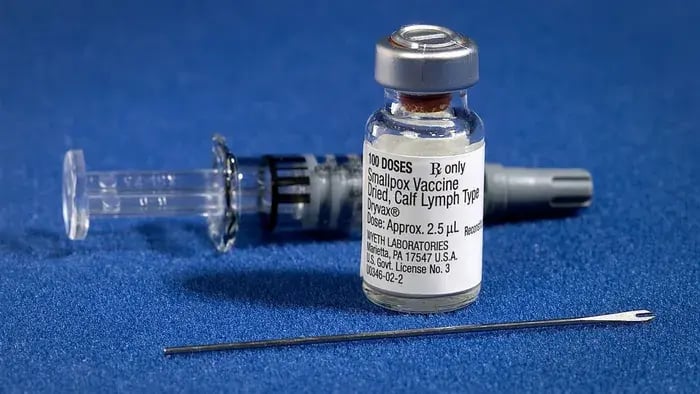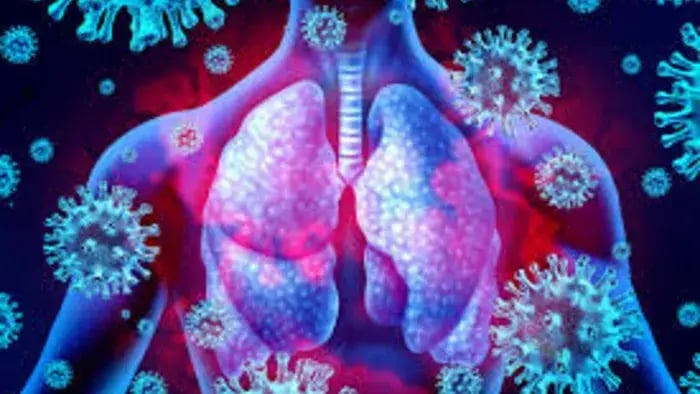- Acquired Immunity
- Active Immunity
- Passive Immunity
- Innate Immunity
Introduction
The immune system is one of the essential components of the human body and is considered the first line of defense. Doctors and nutritionists often recommend including certain food items in their children's diets to help strengthen their immunity. This is because a child's immune system can help fight against pathogens and germs.
It can also help your child recover and heal more quickly from injuries and health issues. According to the NLM, the immune system is a complex network of cells, tissues, organs, and various types of chemicals and proteins. All of these components work together to ensure that a person's body remains free from germs and viruses.
Essential Types of Immunity Among Humans
In simple terms, immunity can be defined as the body's ability to protect itself against seasonal changes, chronic diseases, and infectious diseases. It is achieved through the combined efforts of various components of the immune system, which include antibodies, white blood cells, the spleen, the thymus, the bone marrow, and many others. It is essential to recognize that immunity can manifest in various forms. Here is a look at some of the common types of immunity among humans.
Broadly, immunity is divided into two major components: active immunity and passive immunity.
1. Acquired Immunity

Acquired immunity is the type of immunity that one develops after being exposed to some kind of infection or after getting a vaccination for a particular virus. It develops over time after one's body is exposed to foreign pathogens or vaccines. This helps the body recognize a specific type of foreign invader in advance and assists in the development of a future memory. Hence, the body can fight off similar invaders in the future more effectively. According to the NIH, acquired immunity is also referred to as adaptive immunity. It is divided into two major components. This includes-
2. Active Immunity

According to physiology, Active Immunity is the type of immunity that develops in the body's response to a particular type of infection or vaccination. This can occur naturally or when a person's body is exposed to any kind of vaccination. Active immunity is generally long-lasting. It is divided into natural and artificial immunity.
Natural immunity
It is the one that develops in response to a natural infection. The antibodies are developed on its own after the body senses danger and fights against it. The body produces a memory of that particular infection and can fight more effectively in the future if a similar situation happens again.
Artificial immunity
This, on the other hand, is the body's response to a vaccination. As soon as a vaccination is released into the body, it begins producing antibodies in response to a perceived danger. As per the CDC, vaccination is carefully made by removing the disease-causing components from a particular virus or bacteria. It is then released into the human body. Soon after the release of the vaccine, the body enters a fight-or-flight mode as it detects a foreign pathogen. It starts releasing antibodies. However, because the virus or bacteria lack any disease-causing components, the antibodies remain stored for future use.
3. Passive Immunity
The second type of acquired immunity is passive immunity. This is the type of immunity that develops after the body receives antibodies from an external source. It would be from a place or from a person. According to the European Journal of Medical Research, passive immunity is also categorized into two major types. This includes natural and artificial.
Natural Immunity
The natural passive immunity is the kind where antibodies are received from the mother. As per Elsevier published in 2015, this can be done through the placenta before birth and breast milk after the birth of the child. It is a natural way of protecting the baby from the risk of developing bacterial and viral diseases.
Artificial Immunity
The artificial form of passive immunity is administered to children and adults in the form of medication. This is generally short-term in nature and is acquired in the form of antibodies from animal or human plasma. It can also be in the form of syrup and injections. It may provide instant relief to the person from any kind of health ailment.
4. Innate Immunity
As per NIH, innate immunity, as the name suggests, is the body's natural way of defending itself against external diseases and infections. The human body has the natural capacity to fight against pathogens and harmful germs by producing antibodies. In contrast to acquired immunity, innate immunity doesn't require any external exposure for the development of antibodies. It also doesn't develop any kind of natural memory for future exposure or threats. It is an instant response of the body against foreign invaders.
Conclusion

These are some of the common types of immunity in the human body. Each of these has a specific function to perform and is vital for human survival and well-being.
Pakhi writes with the belief that dessert isn’t just a dish—it’s a mood. Her work blends storytelling with tips, turning timeless treats and trendy bites into accessible moments of comfort, celebration, and creative expression.
The views expressed are that of the expert alone.
The information provided in this content is for informational purposes only and should not be considered a substitute for professional medical advice, diagnosis, or treatment. Always seek the advice of your physician or another qualified healthcare provider before making any significant changes to your diet, exercise, or medication routines.
















